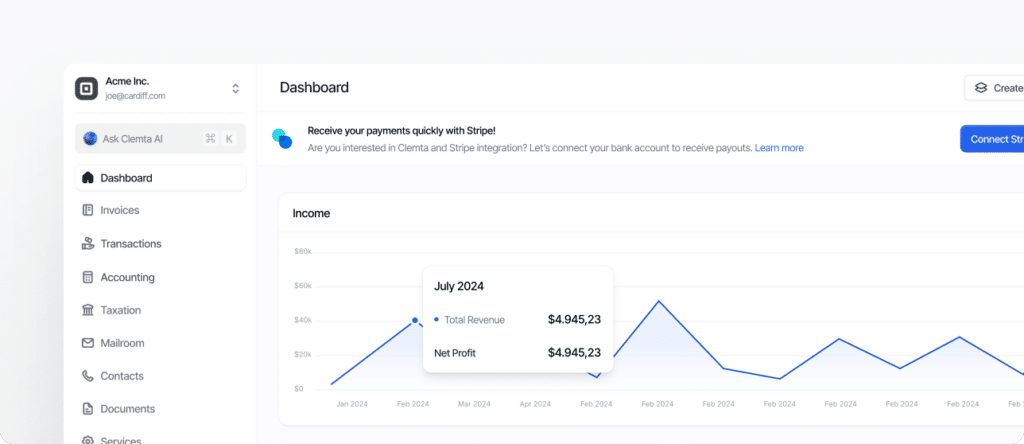Electronic funds transfer system for batch-processing low-cost bank payments in the United States.
What is Automated Clearing House (ACH)?
ACH is a nationwide network operated by the U.S. Federal Reserve and financial
institutions that allows for electronic bank-to-bank payments in batches. Common uses of ACH include direct deposit of payroll, automatic bill payments, and bank transfers between personal accounts. It processes transactions in bulk, making it a low-cost method for moving money electronically compared to wire transfers. Transactions through ACH are not instant; they typically take one to two business days to clear, reflecting its batch-processing nature.
For non-U.S. founders, understanding ACH is important when setting up a U.S. business bank account or paying U.S. vendors and employees. Many U.S. online payment services (like Stripe or PayPal) also use ACH for transferring funds to business bank accounts. Unlike wire transfers, which are immediate but expensive, ACH transfers are slower but far more economical for routine payments. This system is overseen by NACHA (National Automated Clearing House Association) and has robust fraud detection and error resolution processes, making it a reliable backbone for domestic U.S. transactions. If you plan to pay U.S. suppliers or receive customer payments, using ACH can help minimize transfer fees and integrate smoothly with U.S. banking operations.

